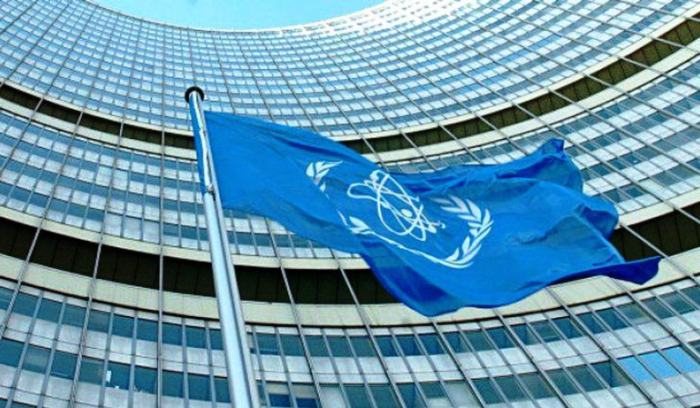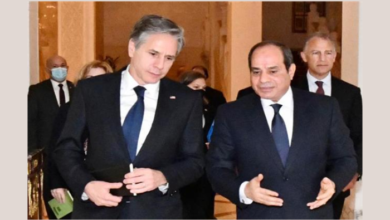global solar investments outpace oil and gas for first time

Research published in a new IEA report has found that around $2.8trn looks set to be invested in global energy this year, of which more than $1.7trn will be spent on clean energy technologies – including renewables, electric vehicles (EVs), nuclear power, grids, storage, low-emissions fuels, efficiency improvements and heat pumps.
During this time global investments into solar look set to eclipse spending on fossil fuels for the first time. The IEA cites the global energy crisis as the primary driver for clean energy spending.
Spending on upstream oil and gas is expected to rise this year, rebounding to pre-pandemic levels. Most spending will come from national oil companies in the Middle East. The IEA also noted that record profits from oil firms because of higher costs are not going back into supplies, but instead being paid out as dividends to shareholders.
The IEA warns that fossil fuel investment in 2023 will be more than double the levels need in 2030, under the Agency’s net-zero emissions scenario for 2050. With global coal demand meeting an all-time high in 2022, investment this year will reach nearly six times the levels envisaged in 2030 in the Net Zero Scenario.
“Clean energy is moving fast – faster than many people realise. This is clear in the investment trends, where clean technologies are pulling away from fossil fuels,” IEA’s executive Fatih Birol said.
“For every dollar invested in fossil fuels, about 1.7 dollars are now going into clean energy. Five years ago, this ratio was one-to-one. One shining example is investment in solar, which is set to overtake the amount of investment going into oil production for the first time.”
National divides
Alongside the global energy cost crisis, enabling policies like the US Inflation Reduction Act and the European Commission’s Net-Zero Industry Act have helped drive clean energy investment.
In total, clean energy investment will rise by 24% compared to 2021 levels, compared to a 15% increase in fossil fuel spending over the same period. However, more than 90% of this increase in clean energy comes from advanced economies and China. The IEA warns that investments in other nations, namely the Global South are being held back by higher interest rates, poor policy frameworks and markets and weak grid infrastructure.
Commenting on the need to increase clean energy uptake in developing nations, Simon Harford from Global Energy Alliance for People and Planet said: “Clean energy prices have fallen by over 90% in the past decade, making it the cheapest long-term path to electricity in much of the world. Yet, emerging economies continue to face much higher costs than OECD countries. That’s important because without scaled renewables the emerging economies of the world could produce 75% of global carbon emissions by 2050.
“The Global Energy Alliance for People and Planet is committed to driving down the cost of clean energy technologies and mobilising much-needed finance to achieve universal affordable access to energy, drive inclusive economic growth and meet critical climate goals during the next decade. If we act now to accelerate a green energy transition, we can reduce emissions by 58%; that’s an opportunity we should grasp with both hands.” — EDIE






